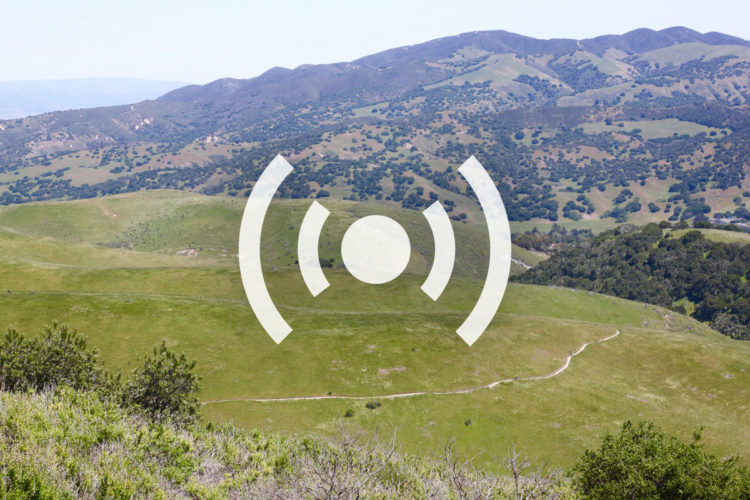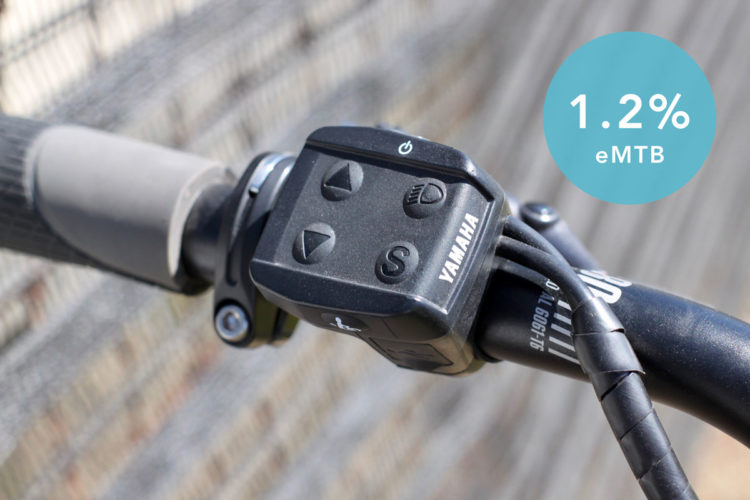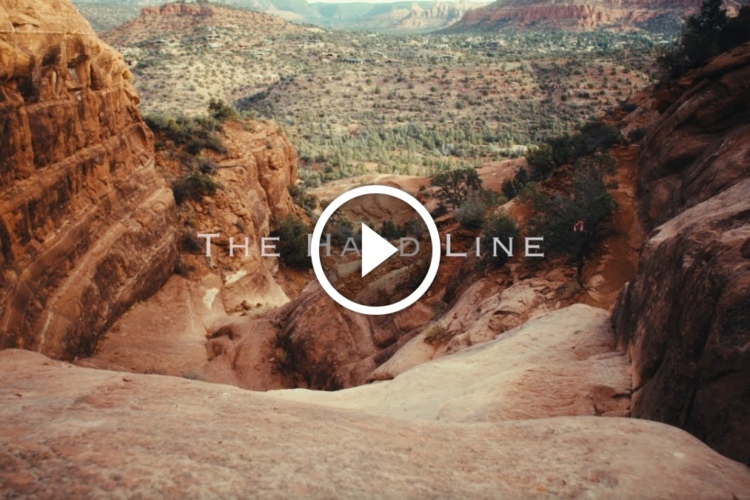
It has been a winding, and confusing road for eMTB access in the Tahoe National Forest (TNF), but the rules are clear again. Electric mountain bike access has been revoked on TNF non-motorized trails, after a short-lived period of about ten months.
Last year in July, we spoke with the public affairs officer with TNF, Joe Flannery, who talked about the non-decision/decision to first allow eMTBs on non-motorized trails in the district.
“We didn’t trigger NEPA and NEPA didn’t need to be triggered,” said Flannery. The further classification of class 1, 2, and 3 eMTBs allowed the Forest Service district to understand the bikes more, and then allow class 1 eMTBs on non-motorized trails. That said, TNF didn’t say that eMTBs weren’t motorized, they just said that they could treat and manage them as non-motorized vehicles because of the eMTB’s “self-propelled nature.”
Flannery also mentioned that frequenters of the Tahoe National Forest were continuously asking about more eMTB access.
Just four months later, a group of organized equestrians sued the TNF over their decision to allow eMTBs on non-motorized trails.
“Backcountry trail and forest groups in California joined together to challenge the U.S. Forest Service’s decision to allow motorized bikes to operate on non-motorized trails in the Tahoe National Forest,” said the Western Environmental Law Center in a statement released in October 2019.
The groups mentioned were made up of the Gold Country Trails Council, the Back Country Horsemen of California, and the Back Country Horsemen of America.
“The Forest Service cannot simply disregard its own rules when it comes to allowing electric bikes on non-motorized trails on the Tahoe National Forest,” said Susan Jane Brown, attorney with the Western Environmental Law Center. “With this lawsuit, we seek to compel the agency to follow those rules.”

It looks like the Forest Service has been compelled. According to a statement on Mother Lode Trails, the Gold Country Trails Council sent a letter to its members announcing the news.
“As you know, we participated in a lawsuit with The Wilderness Society and Back Country Horsemen opposing the reclassification of Class 1 E-bikes as non-motorized vehicles and allowing them on non-motorized trails in Tahoe National Forest. The lawsuit was successful, and Tahoe National Forest currently does not allow E-bikes on non-motorized trails in Tahoe National Forest.”
This is reflected on the TNF website.
“The Tahoe National Forest has removed its earlier statement, first published on this website July 9, 2019, which extended opportunities for class 1 e-bike riders to use recommended non-motorized trails in the Forest.”
“E-bike use on National Forest System (NFS) roads and trails is governed by existing Forest Service regulations, directives, and policies, as reflected on the website for the Pacific Southwest Region of the Forest Service.”
The decision reverts eMTB use in the national forest back to designated motorized trails. While the lawsuit is currently successful in limiting eMTBs to motorized trails, that may change yet again in the future, and not solely for Tahoe, at least according to this paragraph at the end of their statement.
“The Forest Service is considering options that would expand e-bike access, including options for allowing e-bike use on NFS roads and trails where that use is not currently allowed. The Forest Service will continue to update the public on these efforts and any associated opportunities for public involvement.”





















8 Comments
Apr 30, 2020
May 1, 2020
Apr 30, 2020
The equestrian groups sued the Forest Service with two main arguments.
1) The Forest Service didn't do the correct procedure via the NEPA to show that eMTBs wouldn't be more damaging than regular MTBs.
2) Even if the Forest Service did #1, the trails were legally designated non-motorized and eMTBs have a motor.
From the Forest Service's viewpoint, #1 seems like an easily overcome issue. Do the correct work via the NEPA to make the environmental and management policy changes. The problem is #2. Its hard to imagine a process and argument that works for arguing a motor isn't a motor. And no eMTB promoters, the federal DOT and consumer product laws do not have anything to do with land use definitions.
Where this court case is going to start to grow legs is in those locations where lands or trails have been traditionally managed as motorized and non-motorized. There are entire states, counties and cities that manage their lands completely by this definition protocol.
May 1, 2020
May 5, 2020
It seems on most every ride I do, I run across people who do not know the rules. The last three encounters I had were on a bi-directional, multi-use singletrack trail. I was riding up the trail, and on those occasions, a couple riding Ebikes didn't yield. a few miles later another Ebike rider did the same thing. This trail, Skyline Trail in Big Bear Lake, Ca. clearly has "No Ebikes allowed" signs clearly posted at every access point.
Part of the problem is from the local bike shops, that rent most of these bikes out, but if you can read, you shouldn't be on the trail.
BTW, there are miles and miles of scenic fireroads and some fun motorcycle trails nearby.
May 1, 2020
I live in a area with very similar terrain as the Tahoe area. Our trails are to closed to Ebikes.
Ebikes have the potential to cause more damage than a non motorized bike for a few reasons, 1) if ridden by an inexperience rider, they could ride faster that if they rode a non-motorized bicycle, causing them to come too fast into corners or parts of the trail that may be above their ability. Most will skid or over shoot corners. They can get into trouble really fast, I've witness this firsthand on several occasions.
2) An experience rider. Riding faster and harder than they normally would. I've seen this firsthand also.
3) I've personally have ridden a high end Ebike and found that you can roost( get wheel spin) especially in turbo mode ( high). I've tested this and found it wasn't hard to break traction.
4) I have also had Ebike riders approach me or other riders from either head on or from behind and not yield or call out to pass.( this can also happen on a non-motorized bike, but it usually happens quicker from a Ebike rider)
5) I've heard of riders using Ebikes to shuttle up hill to do more downhill runs.
The arguments that I hear in defense of Ebikes don't really carry much weight with me . If you are coming back from and injury, out of shape or just cannot keep up anymore, due to other factors, you probably shouldn't be riding most trails.
I have no problems with Ebikes riding on dirt fireroads or on trails that are designated for motorized vehicles.
While sure, if someone knows how to ride and obeys proper riding procedures, a Ebike may not cause more damage, but a good rider on a Honda CRF450 could also do minimal trail damage.
Having equestrian groups doing the suing is kind of ridiculous, being that horses probably cause more damage then any using and present the biggest threat to other user groups, from having a 1200lb animal that can possibly spook easily This being said, I still believe the ban should stay in place.
I'm on the local trails advisory board(and an expert mountain biker). I do trail building, design and repair so I probably view trail damage and conflicts differently than the average trail user.
May 4, 2020
May 1, 2020